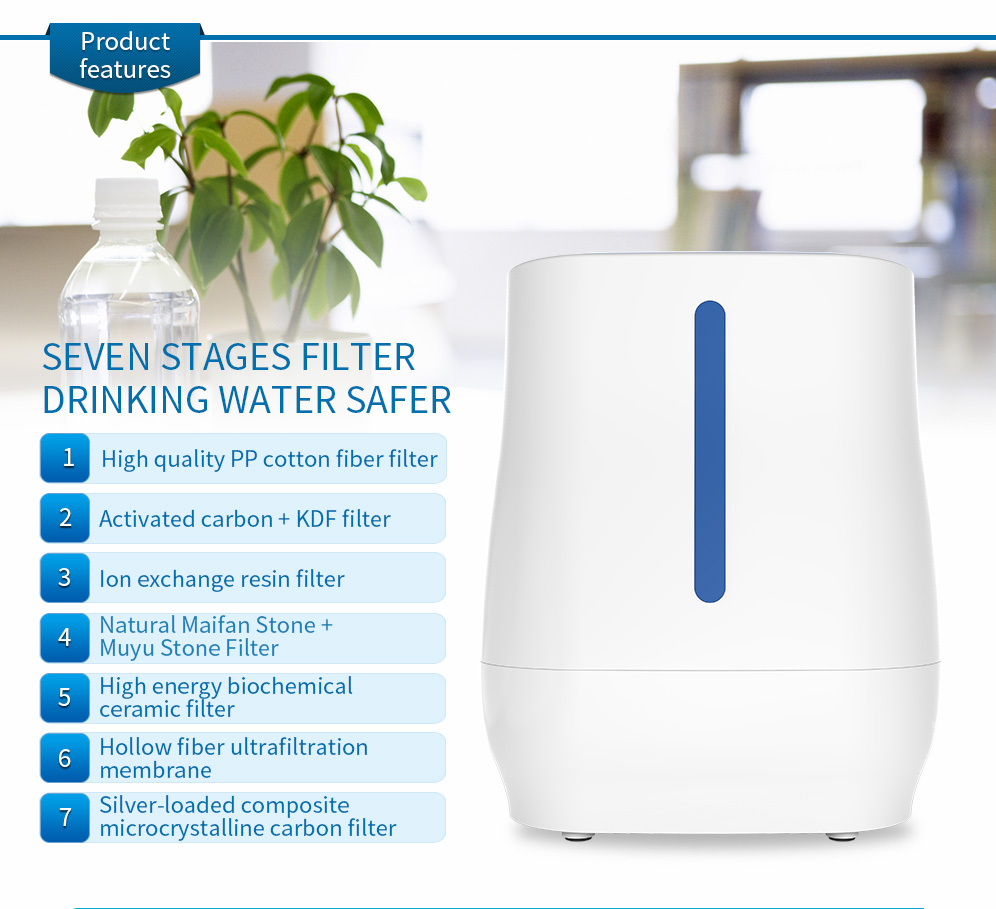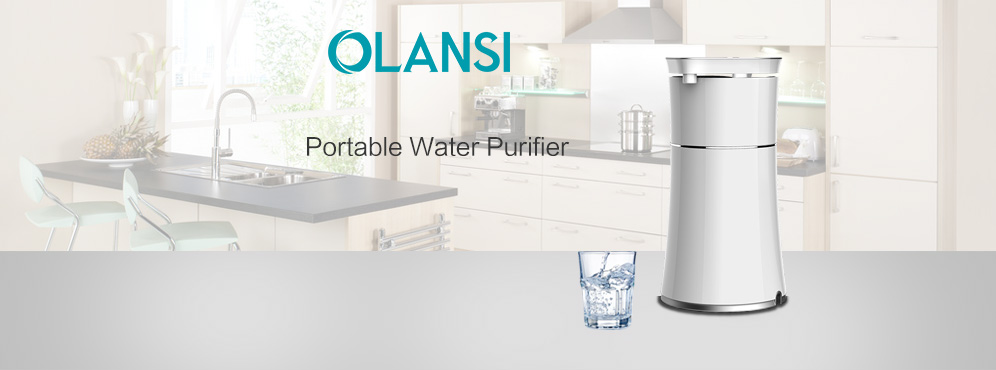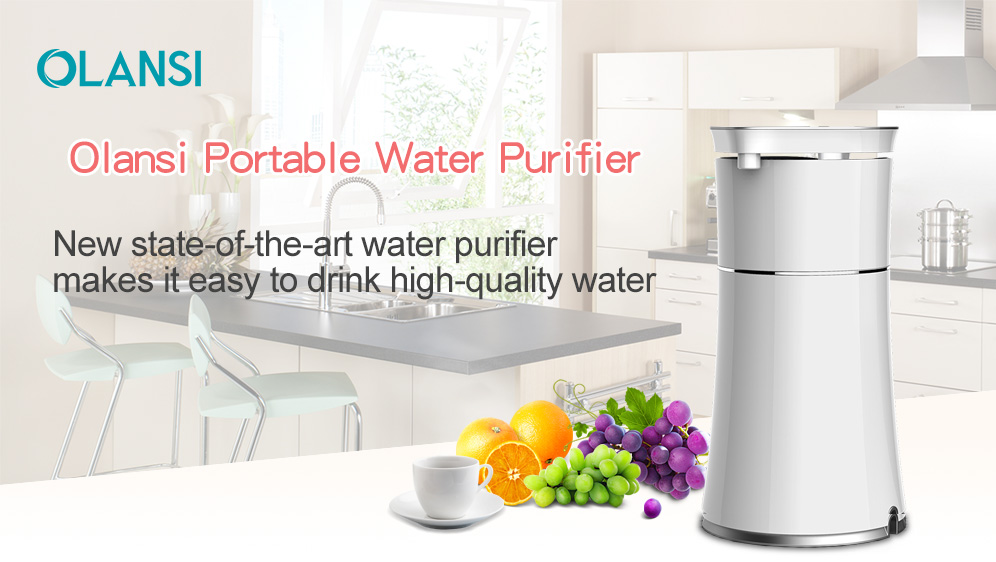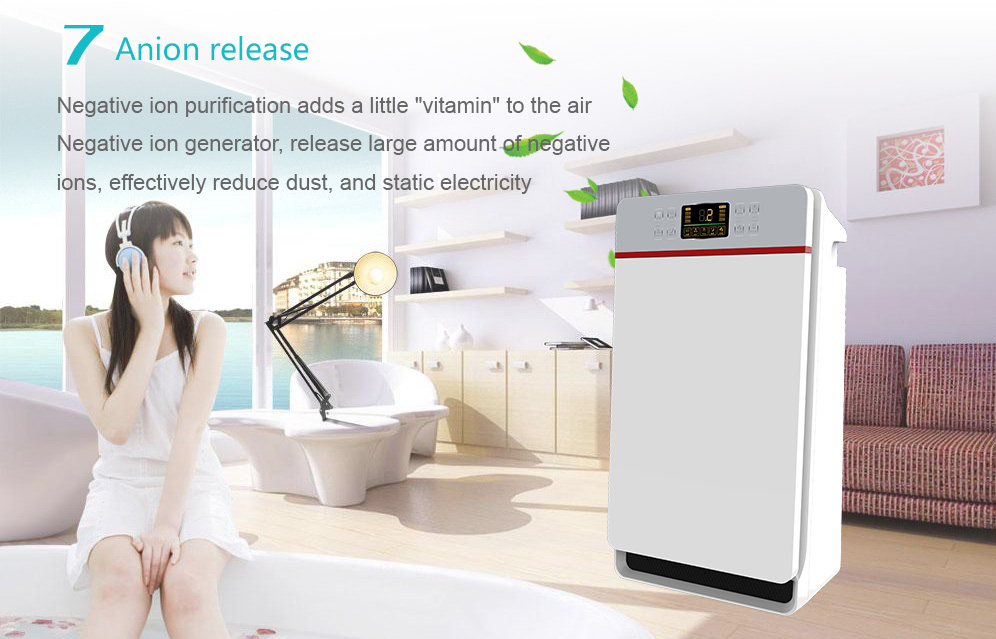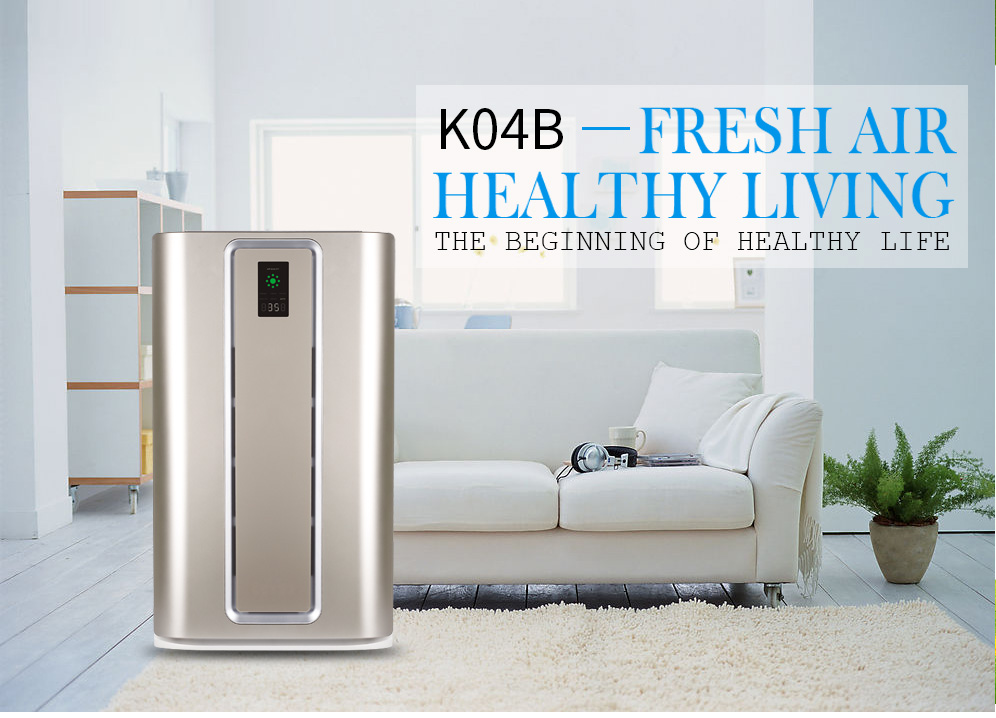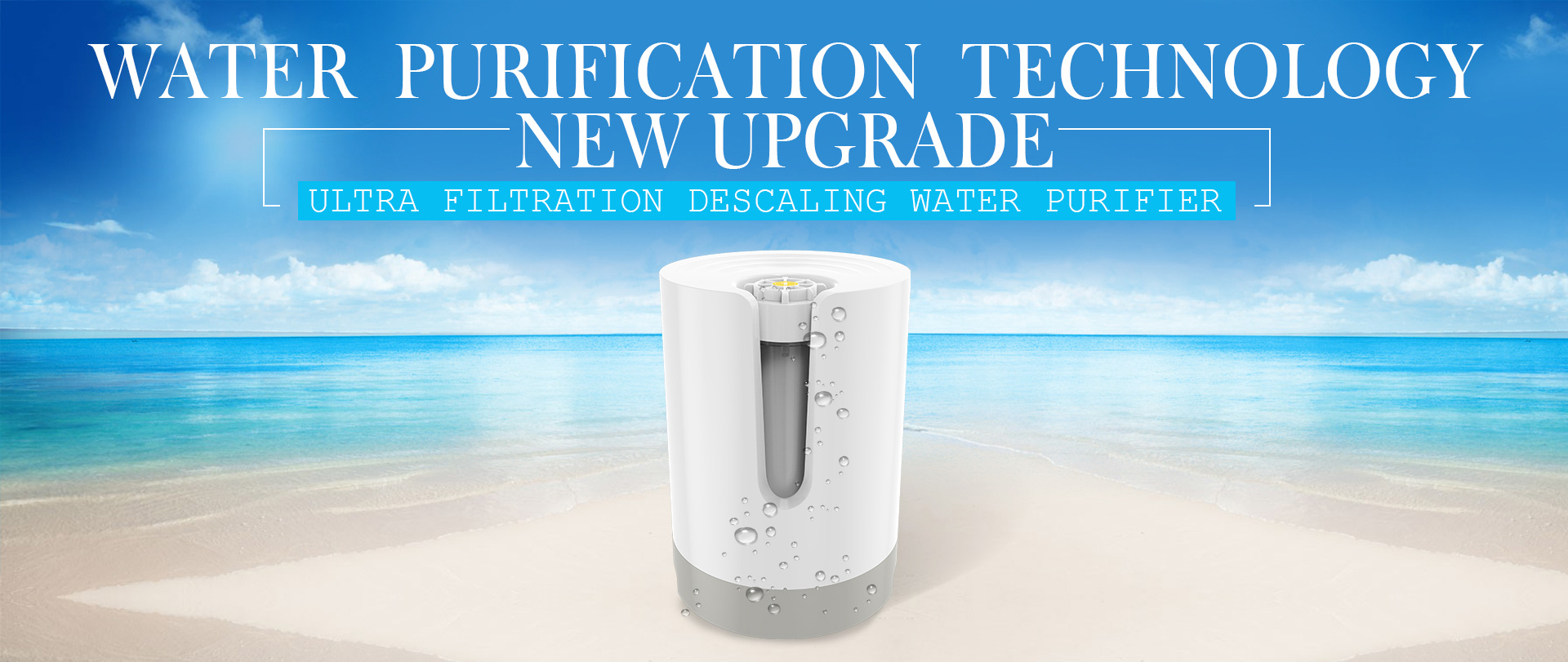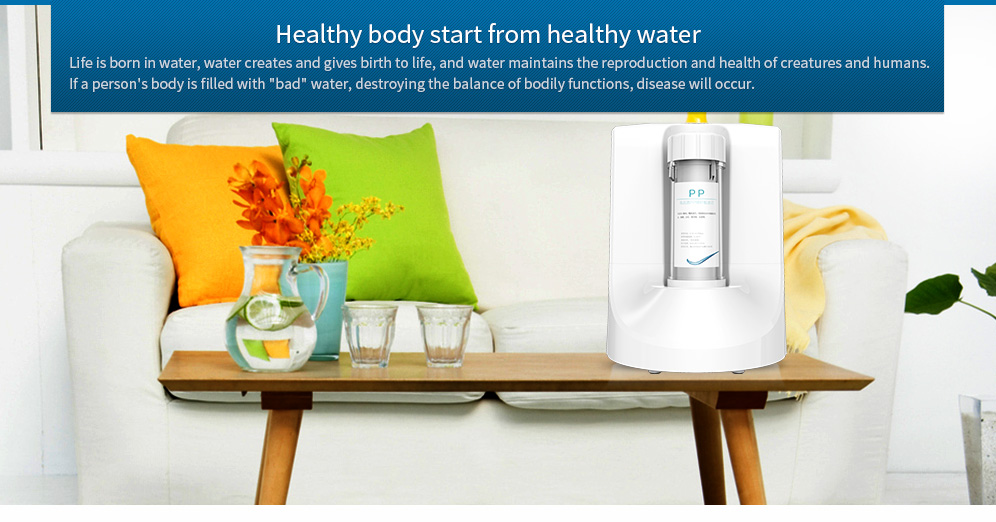Water purifier knowledge, PP cotton articles
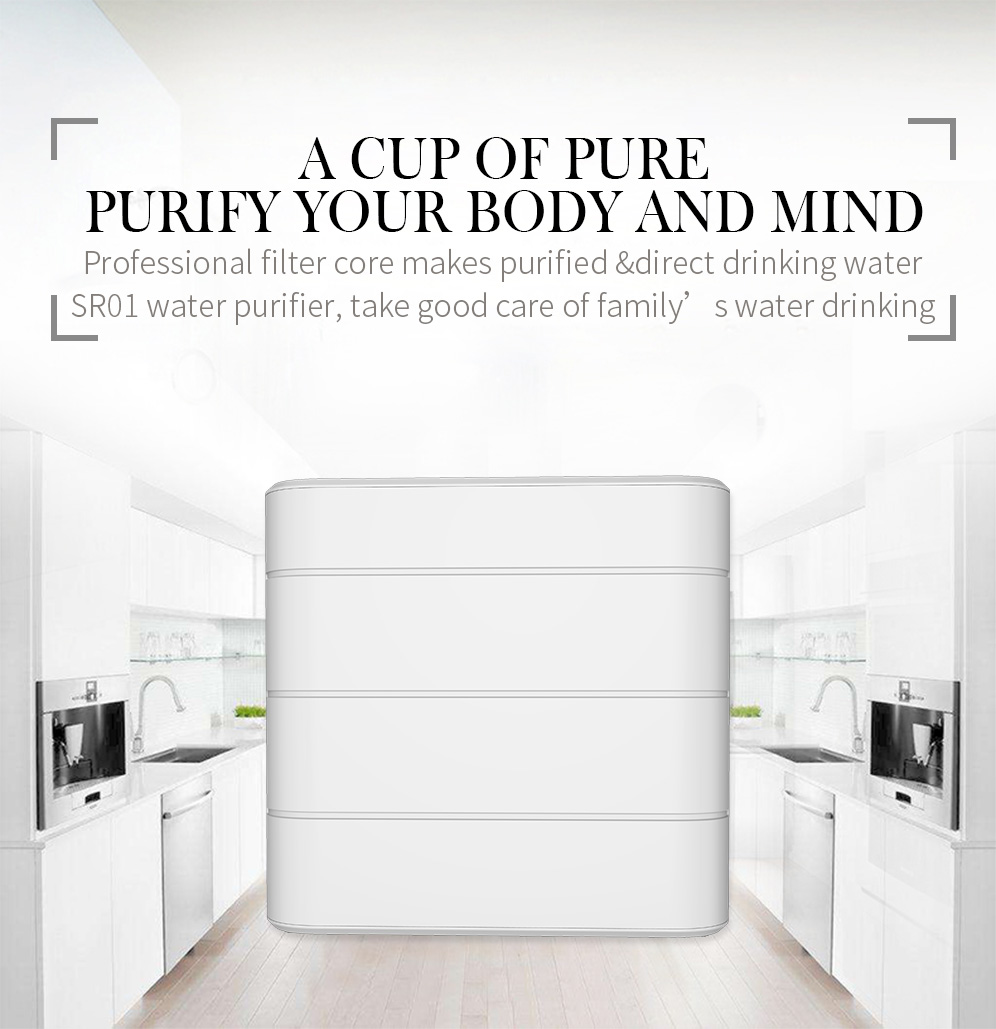
Most household water purifiers or pure water machine first-stage filter cartridges are made of PP cotton filter. The first-stage filter will not only directly affect the water quality, but also affect the subsequent three or four-stage filtration effect. The life of the filter element, so the quality of the PP cotton filter is especially important for the water purifier.
What is a PP cotton filter
PP cotton filter, also known as melt-blown PP filter, uses non-toxic and odorless polypropylene particles, which are heated, melted, spun, drawn, and shaped to form a tubular filter. If the raw material is mainly polyester fiber, it can be called PP melt-blown filter.What are the advantages of the PP cotton filter?
01
Let the particles in the water be invisible
When the water flows through the PP cotton filter, it enters the interior from the outer layer. The inner layer of the PP cotton filter is smaller, the smaller the aperture is, the higher the filtration precision is. Therefore, the particulate impurities will bridge when passing through the PP cotton filter channel. phenomenon. This allows those particles smaller than the pores to be intercepted by the PP cotton, and the various particulate impurities in the water are invisible, and all are filtered by the PP cotton filter.
02
Multi-layer gradient structure, large amount of dirt
The PP cotton filter adopts a multi-layer gradient structure: the outer layer is coarse and the inner layer is fine; the outer layer is relatively loose and the inner layer is tight. This multi-layer gradient structure allows each layer of the PP cotton filter to intercept and store impurities in the water, and the amount of dirt is naturally large.
03
Clean and hygienic, large filtration flow
PP polypropylene filter raw material polypropylene fiber is entangled by self-adhesive, does not require bonding of other materials, and has a clean chemical composition that meets food hygiene standards. In addition, the three-dimensional labyrinth structure of the PP cotton filter allows it to have a larger surface area and a higher porosity. The large surface area and more small holes allow the water to pass through the PP cotton quickly, and the filtration flow is increased.
04
Good stability, acid, alkali, organic solution, etc.
The raw material of the PP cotton filter is polypropylene. The chemical stability of polypropylene is very good. Besides being attacked by concentrated sulfuric acid and concentrated nitric acid, it is stable to various other chemical agents. Because PP cotton has good stability, it is widely used in various fields such as chemistry and electronics.
The reason why PP cotton is widely used in the pre-filter filter of water purifiers is precise because of these advantages and the low production cost. However, the PP cotton filter can only filter out large particles of impurities in the water. For heavy metal ions and microorganisms in the water, it is also required to be subjected to deep filtration treatment for the subsequent filter element.
The PP cotton filter has a uniform and dense pore size, and the highest precision of filtration can reach 1μm. It is mainly used to filter out impurities larger than 1μm in tap water. In addition, the filtration process of the PP cotton filter is because the PP cotton filter belongs to the first filter of the water purifier. More than 80% of the impurities will be filtered out at this level, and the more impurities are filtered, the easier the filter element will block. Therefore, the life of the PP cotton filter is very short. The area with poor water quality may need to be replaced after more than two months, and the area with better water quality will not exceed six months. Therefore, if you purchase a PP cotton filter inside the household water purifier, in order to avoid secondary pollution of the water purifier and affect the filter effect of the filter, it is recommended that you replace the filter every 3-6 months.
Contact us for more products and discounted prices
Helen:
+86 13922346046
info@olansiglobal.com
https://www.olansiglobal.com
